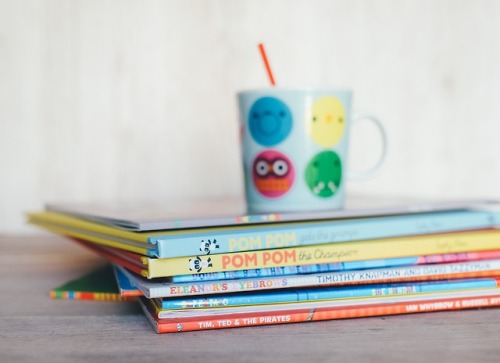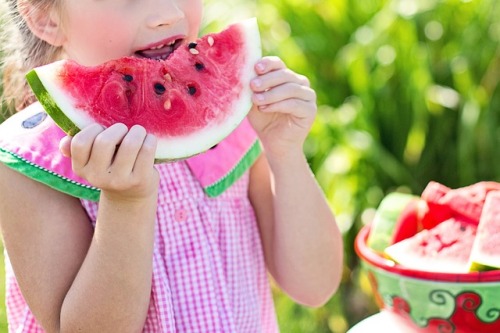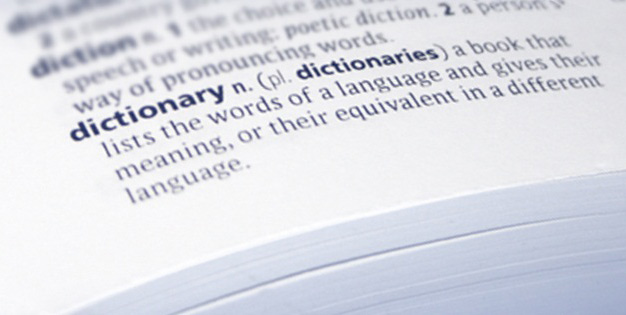
A Very Short Fact: On this day in 1959, the United Nations adopted the Declaration of the Rights of the Child, an expansion of the document first adopted by the League of Nations in 1924, in an attempt to protect and promote child rights all over the world.
“In addition to direct aid to children and their families, the United Nations has passed resolutions and initiated treaties establishing and attempting to enforce children’s rights. Going far beyond the 1924 and 1959 declarations, the 1989 Convention on the Rights of the Child offered a wide-ranging affirmation that the best interests of the child should guide all policies and decisions regarding childhood. The convention’s forty articles reflect all of the concerns, values, and issues that had swirled around the idea of childhood throughout the previous century, including health, education, freedom of speech and religion, and the right to a name and nationality. The UN’s Committee on the Rights of the Child oversees the enforcement of its provisions. Although the United States was involved in the drafting of the convention, it remained the only nation not to have ratified it as of 2017. Although the convention’s many qualifications made it sound like an agreement among lawyers recognizing the complications of trying to issue dictums applicable to dozens of political and legal systems, it had far more teeth than other efforts to provide protection for all the world’s children.
In addition to primary care programs related to nutrition and health, the UN has worked to eliminate child marriage, provide standards for children’s rights within families and the treatment of refugees, eliminate child prostitution and child pornography, and discourage the exploitation of children in armed conflicts. Despite these efforts, and the decided improvements they brought to millions of children’s lives, economic, military, and environmental conditions keep many children in distress. In 2000 an estimated 100 million school-age children were out of school, 50 million were working in harsh conditions, 30 million were involved in sex trades, 150 million were malnourished, and millions more had been orphaned by or suffered from AIDS.” — From ‘The History of Childhood: A Very Short Introduction’ by James Marten
[Pg. 105-6 — From ‘The History of Childhood: A Very Short Introduction’ by James Marten.]
Image via Wikimedia Commons.












